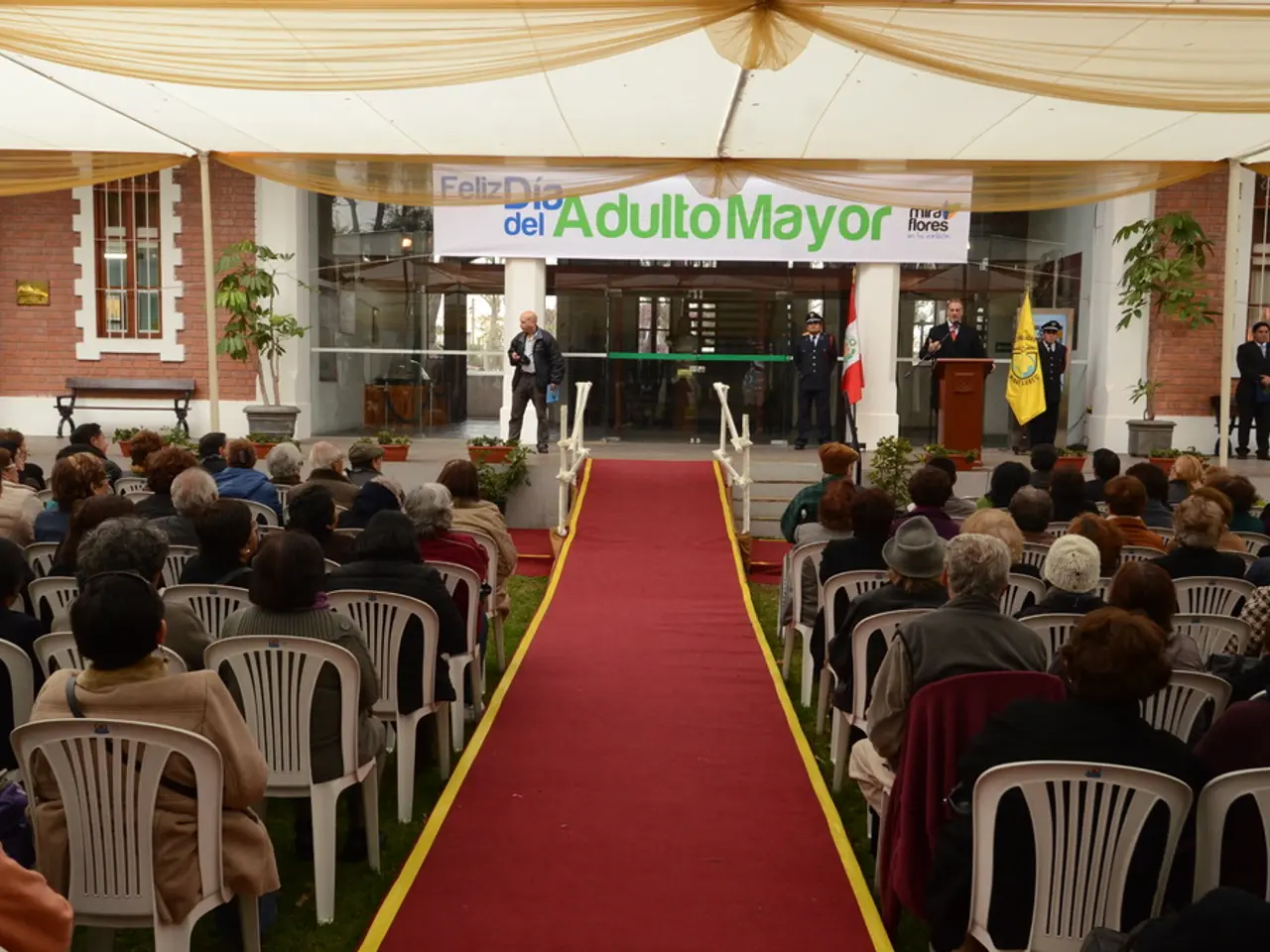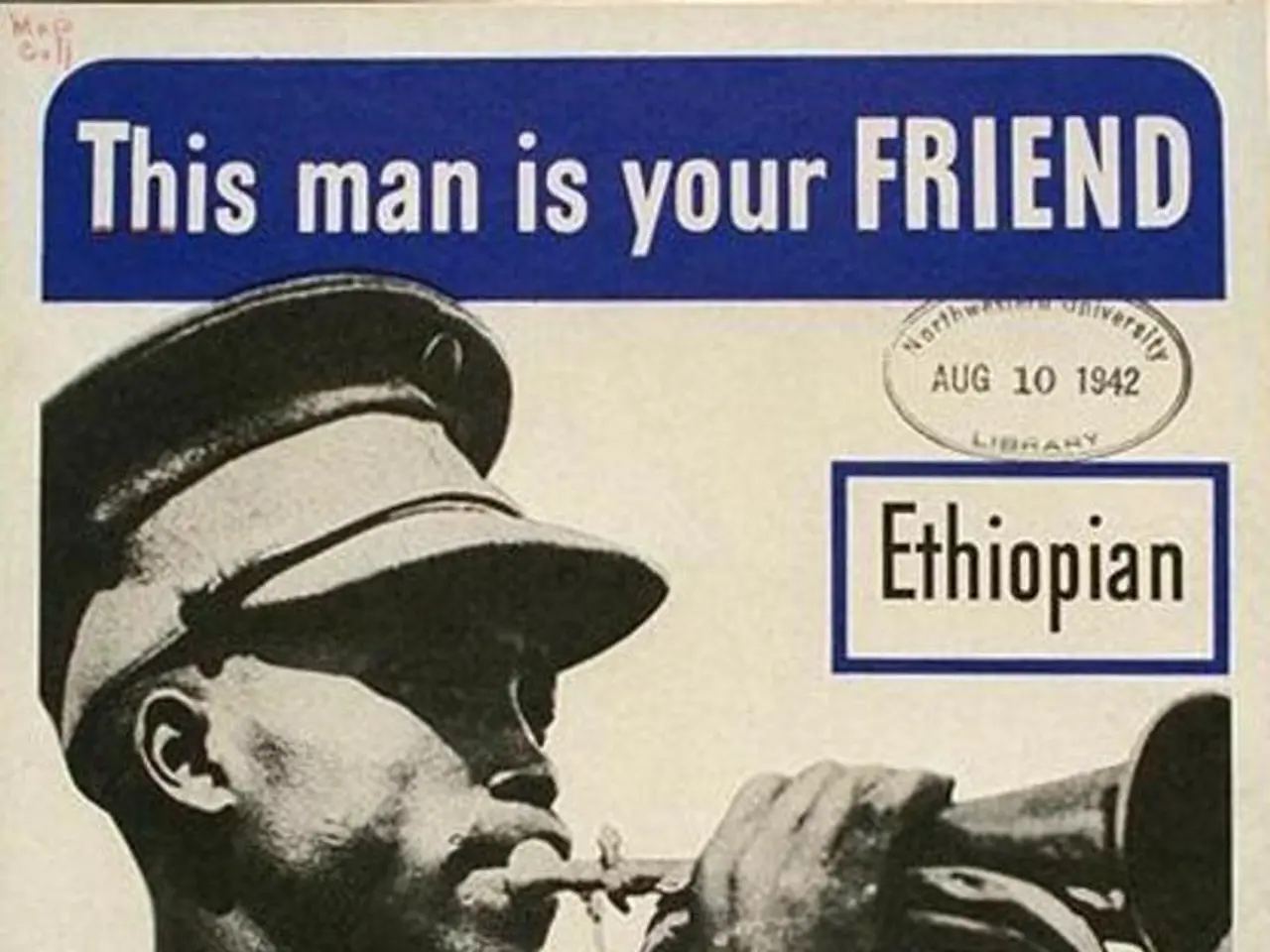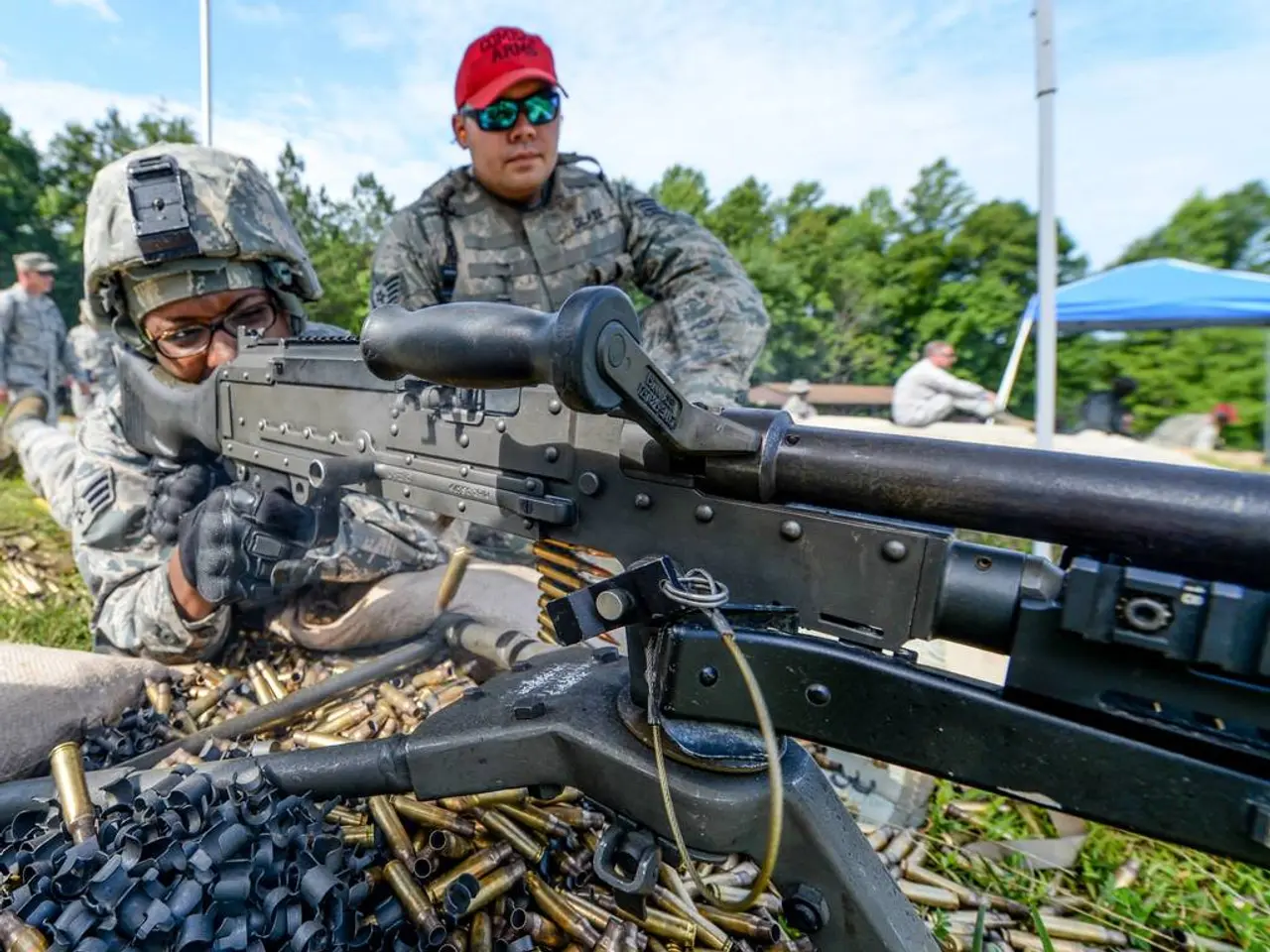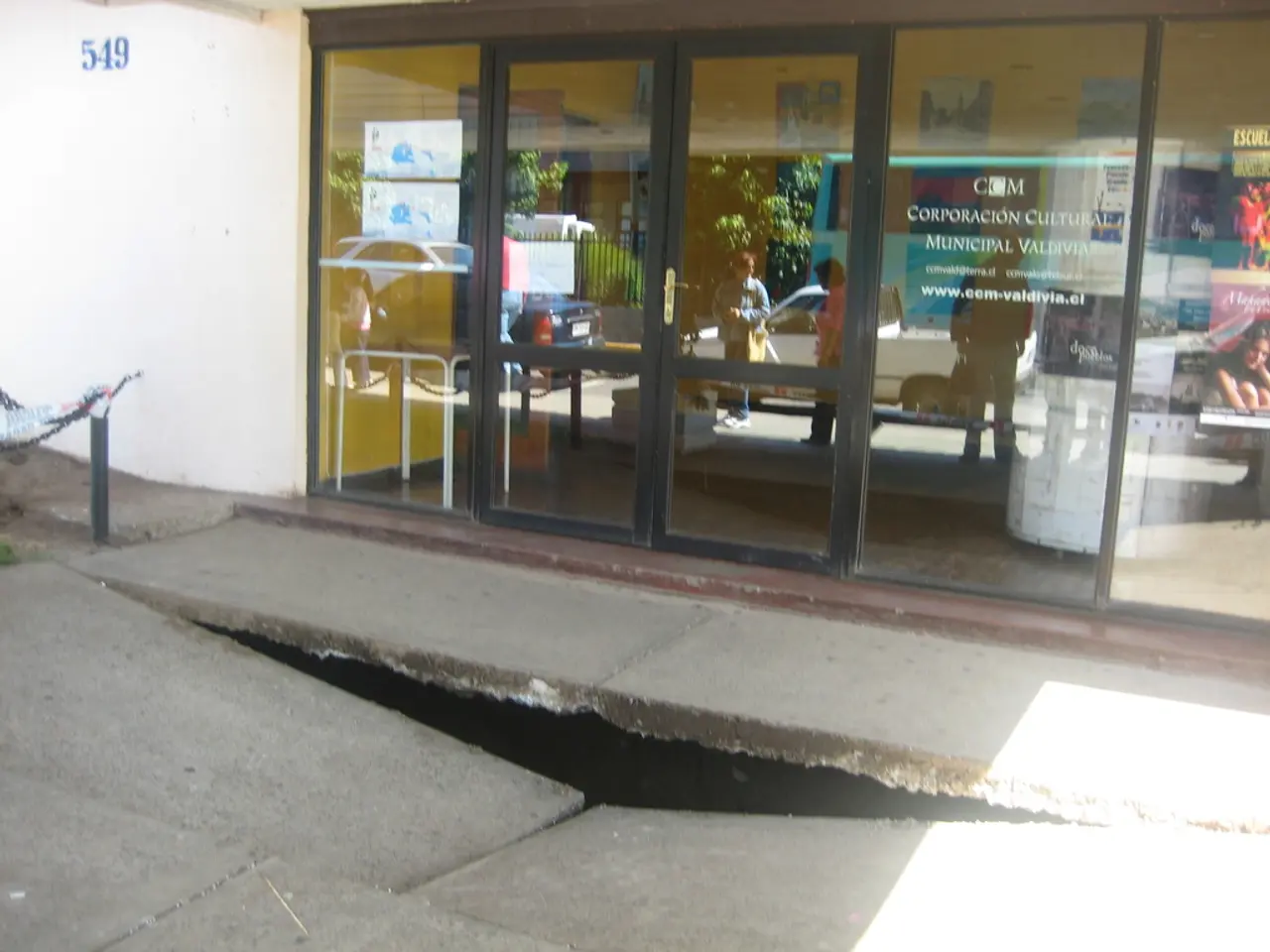U.S. Congressian action potentially bypasses the need for a physical confrontation in ousting Iran's leadership.
In the aftermath of the June 2025 U.S.-Israeli air campaign on Iran's nuclear facilities, the global community finds itself at a crossroads, grappling with the implications of these events and the subsequent economic and political sanctions on Iran's regional influence.
The coordinated strikes, codenamed Operation Midnight Hammer, targeted critical sites such as the Fordow Uranium Enrichment Plant, Natanz Nuclear Facility, and Isfahan Nuclear Technology Center. The operation, which involved the use of advanced bunker-buster bombs and Tomahawk missiles, resulted in significant physical damage to Iran's nuclear infrastructure[1][3]. However, preliminary assessments suggest that the damage might only delay Iran's nuclear capabilities by less than six months, contrary to initial claims of "total obliteration" of the program[3].
Iran's response was swift and assertive. The country suspended cooperation with the International Atomic Energy Agency (IAEA) and retaliated with military attacks, indicating a continued commitment to its geopolitical aspirations[1].
In terms of economic and political sanctions, the impact on Iran's regional influence since June 2025 is yet to be definitively measured. Historically, sanctions, particularly those led by the U.S., have aimed to compel Iran to curb its nuclear program and restrain its regional proxy activities, particularly in Iraq and Syria. Sanctions typically aim to restrict financial flows and pressure Iranian-backed militias, but Iran has shown resilience by leveraging political, military, and economic instruments to maintain its influence despite these pressures[2].
Given the very recent timing of the 2025 strikes and the complexity of the situation, it is too early to comprehensively assess how economic and political sanctions since June 2025 have weakened Iran’s influence in Iraq and the broader region. The physical destruction of nuclear sites has been a material setback, but sanctions operate on a longer timeline and in conjunction with diplomatic and military strategies.
In summary, while the 2025 strikes were a significant blow to Iran's nuclear ambitions, economic and political sanctions remain a prolonged and complex tool whose impact on Iran’s regional influence, especially in Iraq, is still unfolding and not definitively measurable at this juncture. As the international community navigates this evolving landscape, close monitoring and careful analysis will be crucial in understanding the evolving dynamics of Iran's regional influence.
[1] BBC News (2025). Iran nuclear facilities hit in 'major military action'. [online] Available at: https://www.bbc.co.uk/news/world-middle-east-57893012
[2] Council on Foreign Relations (2020). Iran Sanctions: A Primer. [online] Available at: https://www.cfr.org/backgrounder/iran-sanctions-primer
[3] The New York Times (2025). Iran's Nuclear Program Suffers Major Setbacks but Remains Intact. [online] Available at: https://www.nytimes.com/2025/06/26/world/middleeast/iran-nuclear-program-strikes.html
- Following the damage inflicted on Iran's nuclear facilities in June 2025, war-and-conflicts and policy-and-legislation, particularly economic and political sanctions, have become key points of discussion in global politics, as the international community attempts to quantify Iran's subsequent regional influence.
- The continued military and economic resilience displayed by Iran, despite the 2025 strikes on its nuclear facilities, has raised questions about the effectiveness of sanctions in shaping general-news headlines and curbing Iran's geopolitical aspirations, highlighting the complexity of these issues in the realm of world affairs.







